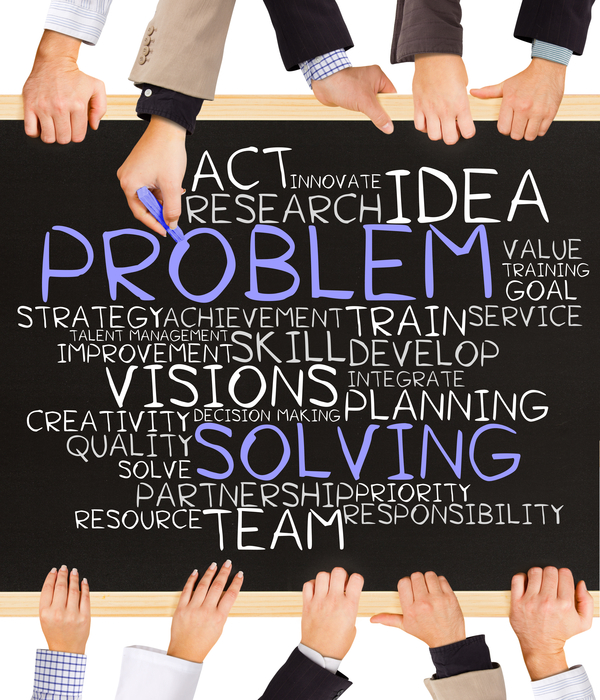How to Engage Your Employees to Solve Problems?
By: Together Abroad 07-06-2016
Categories:** HR Leaders Talk,

We are faced with many problems in our life and work, and very often we take some “advice” from a friend, a family member, a coworker, or we can read some tips in a book or online about problem-solving methods or techniques. But sometimes problems keep piling up so fast that, instead of solving the core of each of them, we take shortcuts and continuously get trapped in a never-ending cycle, where it seems very difficult to find the real resolutions.
In the work environment, problem-solving and engaging employees in it, is one of the essences of what leaders exist to do. Problem-solving usually goes through four phases: defining the problem, generating alternatives, evaluating and selecting alternatives and implementing solutions. In each of them the leader should be an active member of the process.
Leaders should be able to anticipate a problem and in that way minimize the occurrence of the problem itself. Good leaders see around, beneath and beyond the problem. Yet when it comes to engaging employees in problem solving, not every leader is successful. Giving employees the right recourses for their job demands can make them more engaged in their work. When employees are engaged in problem-solving as part of their daily work, they feel more motivated, they do their jobs better, the organization’s performance improves, and a virtuous cycle begins.
In order to build this problem-solving atmosphere in the work environment, leaders should take into consideration several factors. Open communication with the employees is crucial to detect any possible problem. Part of this is giving the employees a feeling of safety so they can step up and communicate freely.
Engaged employees bring something different to the job like creative problem solving, and not just do something more (e.g. work longer hours). Previous studies showed that creativity, an important skill that is often thought of as a stable characteristic of persons, could be facilitated by a transient pleasant affective state. In other words, leaders should seek for the most important ways of inducing good feelings, such as allowing workers to achieve a sense of competence, self-worth and respect. According to research by Isen et al.., pleasant surprises may also be effective, but if used too frequently, they will become expected and may lose their ability to induce happy feelings.
Accepting everyone’s opinion and ideas as a different perspective gives the team members more security that their opinion matters. Even though some of the ideas may be completely nonsense, being interested why these ideas appeared and what else they can bring can have motivational effect on the members, and that might bring better ideas in future. Also, a study by Brief & Weiss showed that leaders who are passionate and feel energetic are likely to energize their followers.
Other researchers showed that being supportive to the ideas of employees, giving them performance feedback (rather than personal), creating opportunities for developing new skills, and encouraging autonomy, can make the employees more engaged in their work and in solving problems.